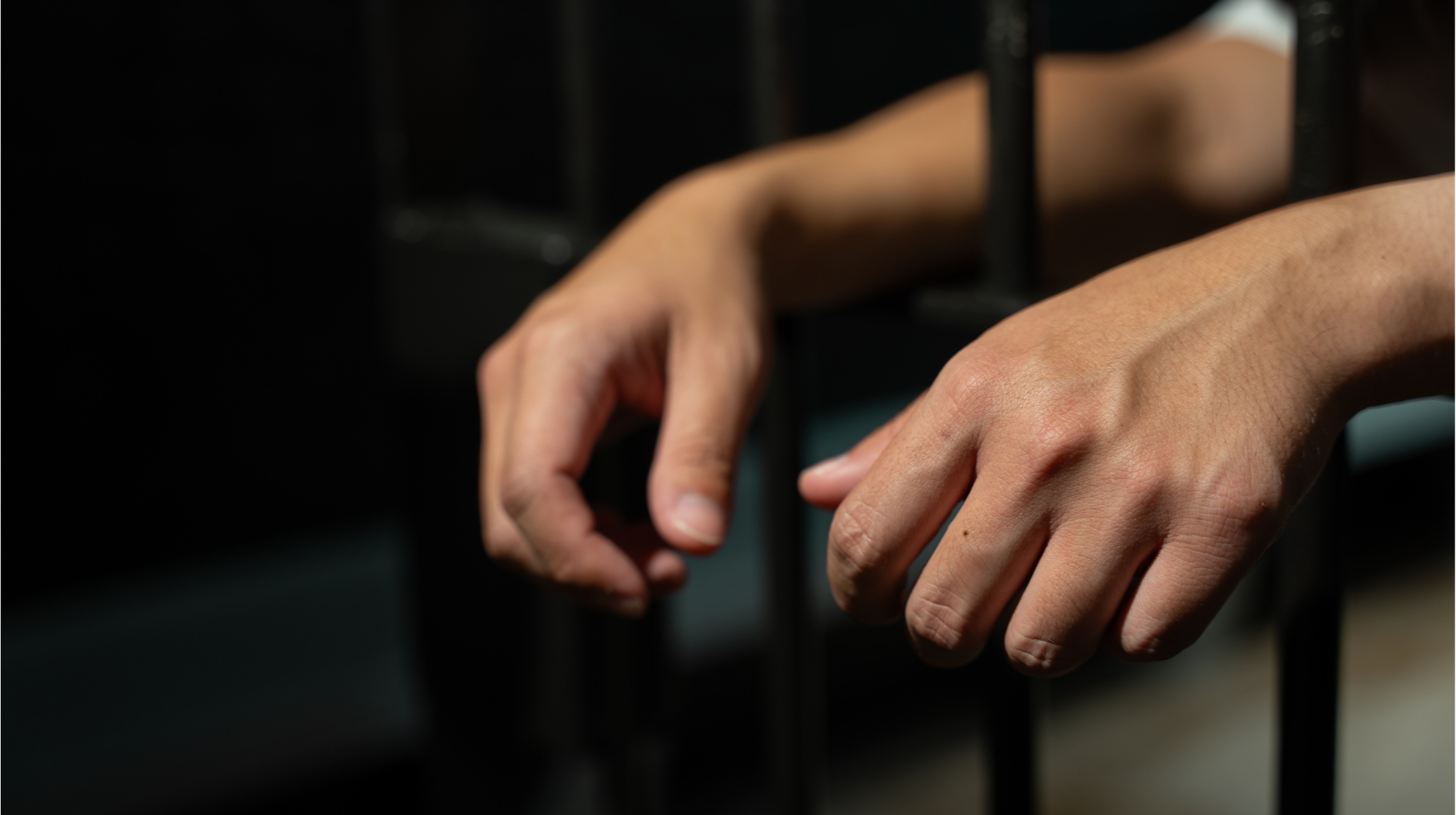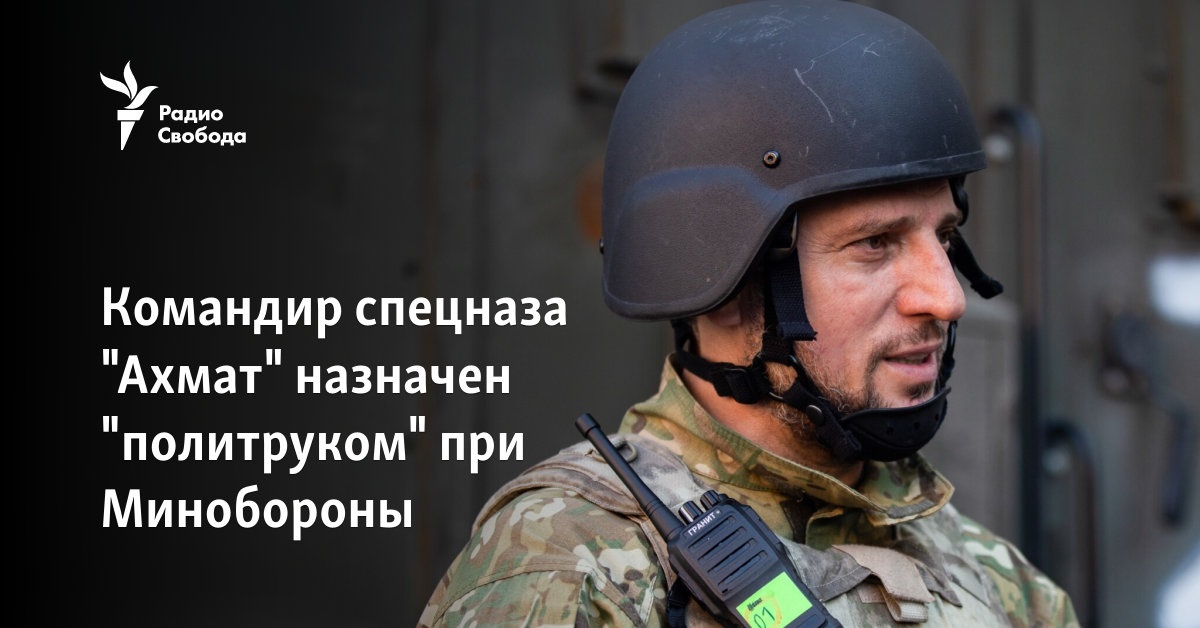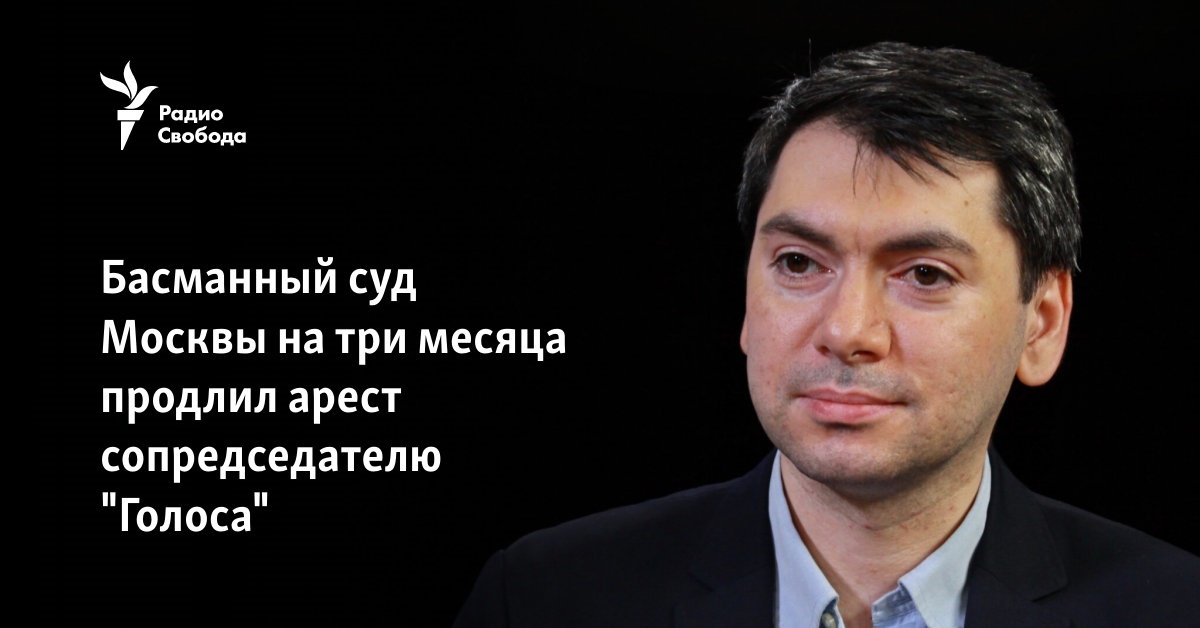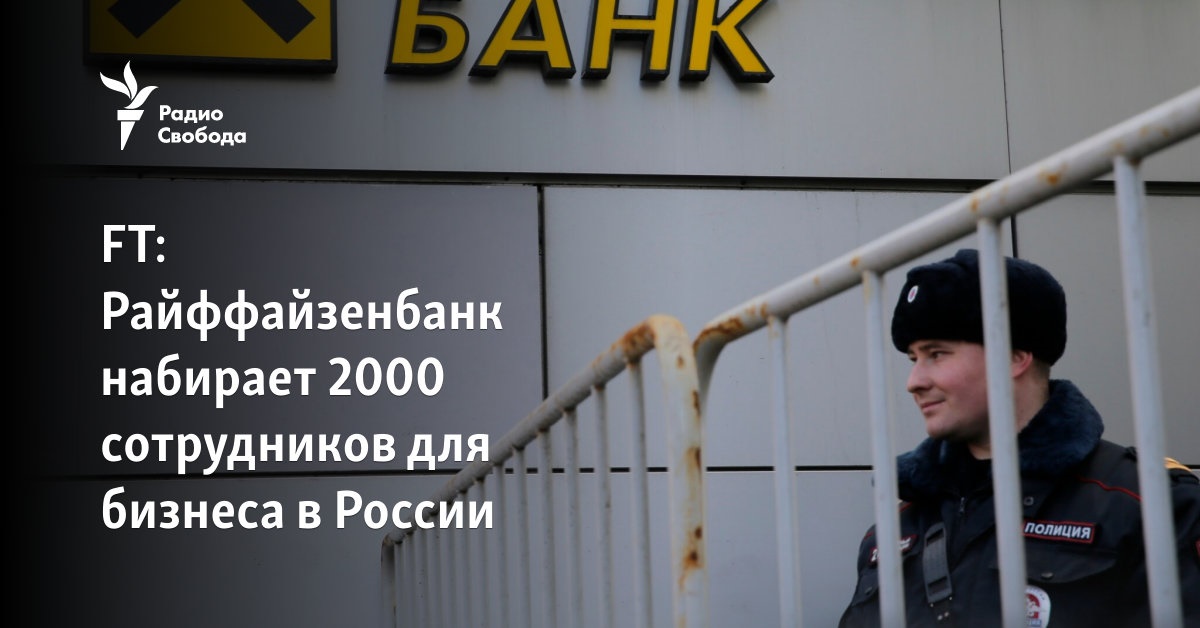A painting by Wassily Kandinsky stolen by the Nazis was sold at auction for a record sum
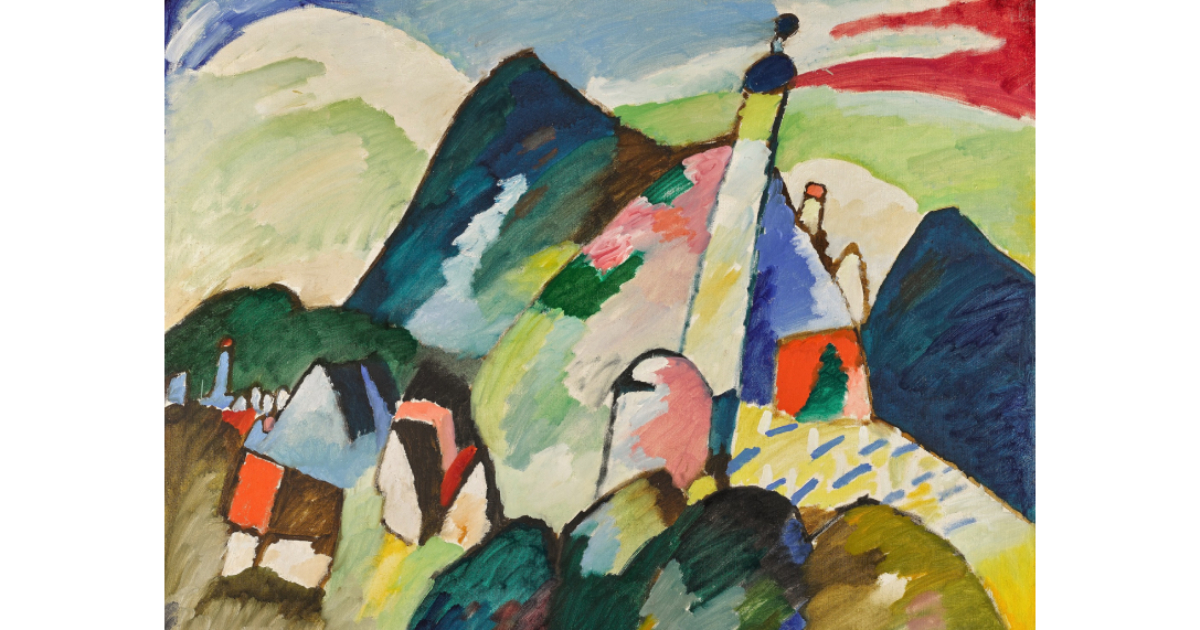
The masterpiece of the abstract artist Wassyl Kandinsky, whose life and creative flourishing are connected with Ukraine, in particular with Odesa, was sold in London for a record sum. Murnau’s painting of Church II, which was stolen by the Nazis from its murdered owner in the Auschwitz concentration camp in 1944, sold for a record £37.2 (approx. $44 million) at Sotheby’s auction. Murnau mit Kirche II was discovered almost 10 years ago on the walls of the Van Abbe Museum in Eindhoven, where it had been hanging since 1951. After a lengthy legal battle, it was returned to 13 descendants of the murdered Stern collector’s family last year. The work is dated 1910. Descendants of Johanna Margaretha Stern-Lipmann and Siegbert Stern, founders of the textile company, said they would use some of the proceeds from the sale to try to track down much of the family’s vast art collection, which was seized by the Nazis in the 1930s. Read also: The museum that has the largest collection of Malevich’s works presented him as a Ukrainian The painting, which depicts the Bavarian village of Murnau in bright colors, hung in the couple’s dining room at their villa in Potsdam, Berlin. The painting was purchased by an unknown buyer over the phone. The painting was the star of Sotheby’s sale of 36 lots of modern and contemporary items this week. In the social networks of the auction, Kandinsky’s work even graced the covers. This is a new record for the works of Wassyl Kandinsky. The previous highest price paid at auction for a Kandinsky painting was £33 million for White Lines (1913), sold at Sotheby’s in 2017. A painting by Wassyl Kandinsky was sold for a record sum in London. Photo: wikipedia The family of the owner’s descendants commented that part of the proceeds from the sale “will fund further research into the fate of the family collection.” How it relates to Ukraine The history of Kandinsky’s painting, which was stolen by the Nazis and came to the owner’s descendants only in 2013, unfortunately echoes the future history of many masterpieces that the Russians stole from Ukraine. So, in the spring of 2022, the Russians robbed and destroyed the Arkhip Kuindzhi Museum in Mariupol, and in October they robbed the Kherson Art Museum. In total, the Russians looted or completely destroyed more than 30 museums in Kherson, Mariupol, Melitopol and other cities. The fate of many exhibits is unknown, although some of them were for some time in the Simferopol Art Museum. Read also: Kyyanin Malevich and friends: the Ukrainian avant-garde, which was appropriated by Russia Scientist Kyrylo Lipatov from the Odesa Art Museum, who for some time was close to the front line, said in a comment to UP.Zhyttia that at the beginning of the full-scale invasion of the museum, they began to create a digital copy of the archives – so that in the event of the disappearance of the paintings, it would be possible to prove that they belonged to the Odesa Art Museum. “When we actively began to deal with our archive, I realized that I did not want the museum to repeat the mistakes of 1941. When filming, the exposition of the 1st or 2nd floor was taken away – I constantly could not distance myself from the thought that many mistakes were made in 1941. Because part of the collection was taken to Ufa for evacuation, and part remained. And a lot of the collection went to Romania or Western Europe – we still don’t know where they are. And if there is no documentary confirmation, what exactly is this work, which may now be in a private collection , was registered with the Society of Fine Arts in Odesa, the pre-revolutionary, or later, Museum Fund already after 1918, and most of the archives have died – how can we confirm this. And this applies to most Ukrainian museums – this is the problem of the Khanenkos, the problem of the Lviv Sheptytsky Museum and the gallery Voznytskyi – all Ukrainian museums have such lacunae related to the last great war. If we have such opportunities to save at least in a digital cast both the collection and the dock ments – we have to do it. This should have been done 5-10 years ago,” said Kyrylo Lipatov. Read also: “If it weren’t for the collaborators, we would have saved the museum from the Russians.” Interview with the director of the Kherson Art Museum
Original Source Link





